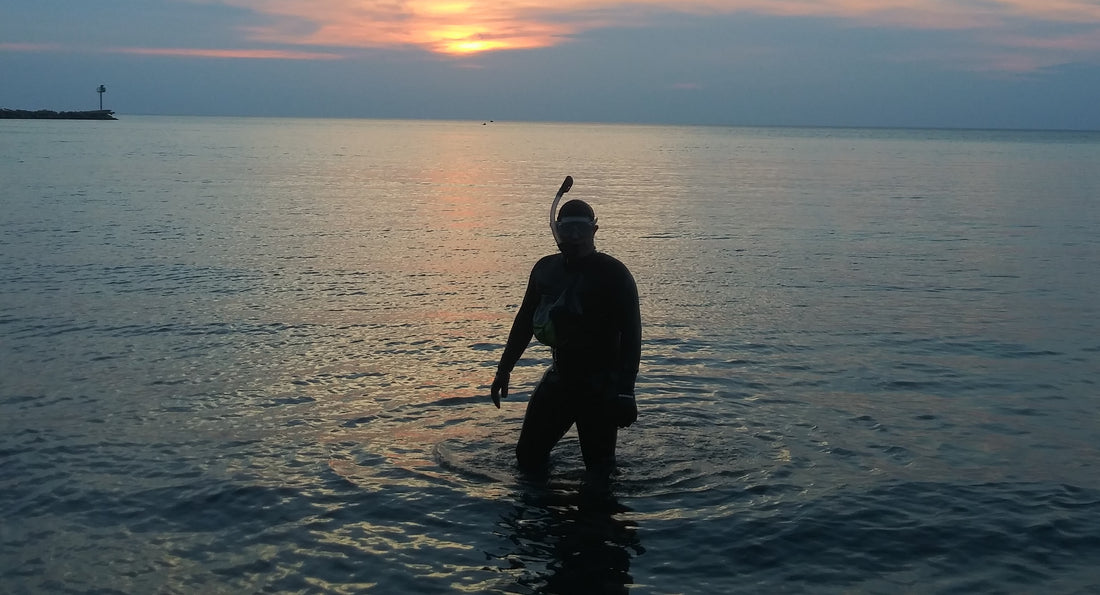Mary Ellen jasper is a famous jasper type found in the Lake Superior region. It's identified by fossil markings in the red jasper. These ancient fossils are from a group called stromatolites. Mary Ellen stones formed billions of years ago making them one of the oldest stones. This stone is named for the Mary Ellen mine in St Louis County MN where it was originally identified when a large deposit was uncovered in the early 1900s. I've read this location is now under water. It's important to be able to distinguish between jaspelite and Mary Ellen. You can refer to Mary Ellen as a jaspelite (hematite bearing red chalcedony from the Lake Superior region) but jaspelite is most often not Mary Ellen. It needs to have the characteristic fossil markings to be considered Mary Ellen.
Two pieces of Mary Ellen

When researching or discussing stones it's important to know that names that are commonly used for a particular stone can be related to its scientific name or more commonly could simply be the name that artists and collectors use/used when selling it. Often those names stick and become what the stone is known as commercially.
Names do not always stay static for stones. They often change over time. The scientific names don't tend to change but the trade names often do. So don't be surprised if the term you read in a book or online is different than what someone you meet may call a stone. Name changes can be related to new deposits being found or even just the community deciding to call a stone by a new name. A good example is syenite in sodalite, a popular uv flourescent stone found along the south shore of Lake Superior. This stone is referred to by many names - yooper stone, emberlite, lumenite etc. Out west along the border of Idaho and Oregon a very special petrified bog wood can be found. It's been called Gary Green for decades but more recently is also known as Caldera jasper.
Lumenite, Emberlite, Yooper Gary Green, Caldera Jasper


You'll often read in books that a certain stone is found in this or that stated area. It's important to know that when you read this it's not gospel. Locations are important in that if your searching an area known for a certain stone you should watch for it more intently. The problem with taking location info you read in books as gospel is that it really limits your ability to see, recognize, and identify a stone when you find it outside of its 'normal' defined area. You can read about Mary Ellen coming only from the old mine and if you take that as gospel you're going to miss out on many incredible finds of this stone and maybe even fail to identify a previously unknown large deposit of it should you come across one. I've found Mary Ellen on beaches along the north shore of MN, in fields in MN, on trails and along the lake shore in northern WI. I've also found it in the UP of MI, however, jaspelite is far more prevalent there so knowing the difference (it's the fossil markings) is key to proper identification.
Mary Ellen Jaspelite Mary Ellen/Jaspelite



You can read in books that Lake Superior concretions are difficult to find because they are mostly located on the Bad River reservation where collecting them is not allowed. Nope, there are several locations to find these on the many non-tribal public beaches where they exist in WI and the UP of MI. You'll find them wherever you find clay banks eroding along the shore. I have a big container of them from the UP of MI.
Concretions from the UP of Michigan

I also recently was very surprised this summer to find a tiny WI moonstone in the water while snorkeling in Lake Superior. These are typically only found near Wausau WI so to find one way up north was pretty exciting. I've since found two more. All were very small pieces.
Wisconsin Moonstone found snorkeling in Lake Superior

So when you're out agate hunting keep your eyes open for other gemstones and keep an open mind about common names and known locations. You may just find something unexpected and amazing.
When water temp and wind direction permit I spend much of my rock hounding time in the water of Lake Superior
Brian Worrall,
Copyright All rights reserved

